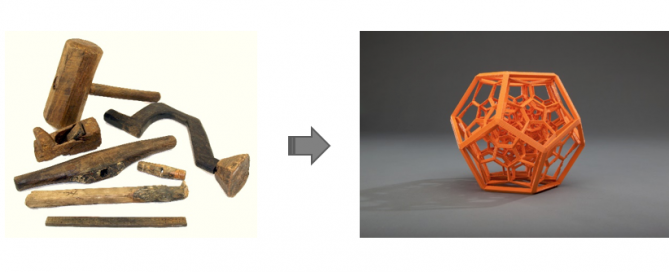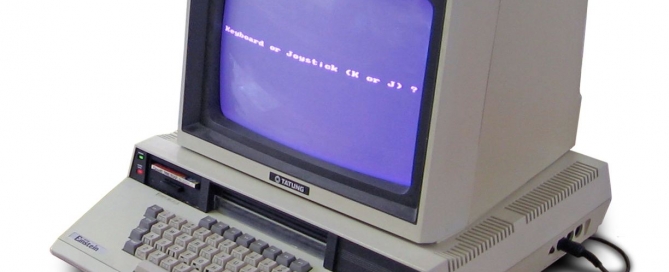Science-Based Hiring is MORE Human Focused, Not Less
It’s about time we have new tools for recruiters and HR professionals
Wendy Beach, VP of Talent Science Solutions
How many of us get the opportunity to learn to use a whole new set of tools in our line of work? When that happens, how many of us see it as an “opportunity”? I’ve recently had the great fortune to adopt new tools which exceed my expectations in connecting companies with the best-matched talent. Having been in the world of talent for over 20 years, I was a skeptical old dog, but if I can learn some great new tricks – tools – anyone can!
At SDS, we call our unique tools “predictive analytics,” or “talent science.” They include customized job analyses, assessments which measure aptitude, safety, culture and behaviors specific to each job, and knowledge/skills testing supported with data, algorithms, and structured interviews. (By the way, we throw out an old tool that doesn’t work anymore and slows the job down – the resume. Ask us more about that if you’re curious!)
Our proprietary tools require the ability to use them in the right combination for each situation–much like construction workers reach for the right tools at the right time. At SDS, we use our talent science tools in working directly for our clients, but we can also help HR professionals at companies learn how to use them. Sounds great, right? Well, not everyone I talk to is thrilled. The biggest challenge I’m finding is fear of the unknown. That’s not new when new tools come along in an industry. Those who adapt and adopt thrive, and those who dig in their heels often end up left in the dust.
In my contributions to this blog series, I’ll respond to comments I’ve heard in my first year with SDS. The comments I hear tend to be based on lack of knowledge and understandable skepticism. We often say our biggest competition is the status quo.
COMMENT #1: I pride myself on my “gut feel” about candidates. That’s why my company needs me. Why should I use a system that treats people like numbers?
RESPONSE: SDS is NOT about treating people like numbers. In fact, our tools “highlight the human” in human resources. We illuminate a 3D picture of someone who is otherwise flat on resume paper. We actually create a wider and better matched talent pool of candidates instead of kicking applicants out if they don’t have certain keywords or GPA thresholds applied in most “status quo” systems.
WHAT YOU MISS WITH YOUR STATUS QUO
A campus recruiter from a global corporation told a story recently about how he met a student on campus who didn’t even apply for his jobs because he didn’t meet the GPA cutoff.
The student had a 2.9 instead of a 3.0 GPA.
However, when they talked further, the recruiter found out the student had been working two jobs, had developed a product which was being patented, and was helping his family after an unexpected tragedy.
The recruiter realized the qualities the student exhibited were exactly what he wanted to find – but wasn’t able to find – through their usual way of recruiting.
Wouldn’t you like to spend more time with candidates you know are a closer match because they’ve taken customized assessments–matched to the exact job before you even see them in a list ranked for probability of success? Knowing that those not on the list receive a great candidate experience which doesn’t waste their time and is actually positive for them, so that they might come back for other opportunities?
SDS talent science tools are smart additions to your daily work, and make you look even better to your clients and your company. You get to use new tools to make your outcomes soar. If your company could increase productivity by even 10% with a piece of machinery or equipment, that would be a no-brainer decision.
Think of this as new HR tools and equipment. Those who adopt earlier than others will be heroes to their leaders by making better decisions with their new tools. They’ll also likely become more involved at the strategic tables of their operations. Where HR is already part of the executive team, adopting these new tools will be an easy decision.




